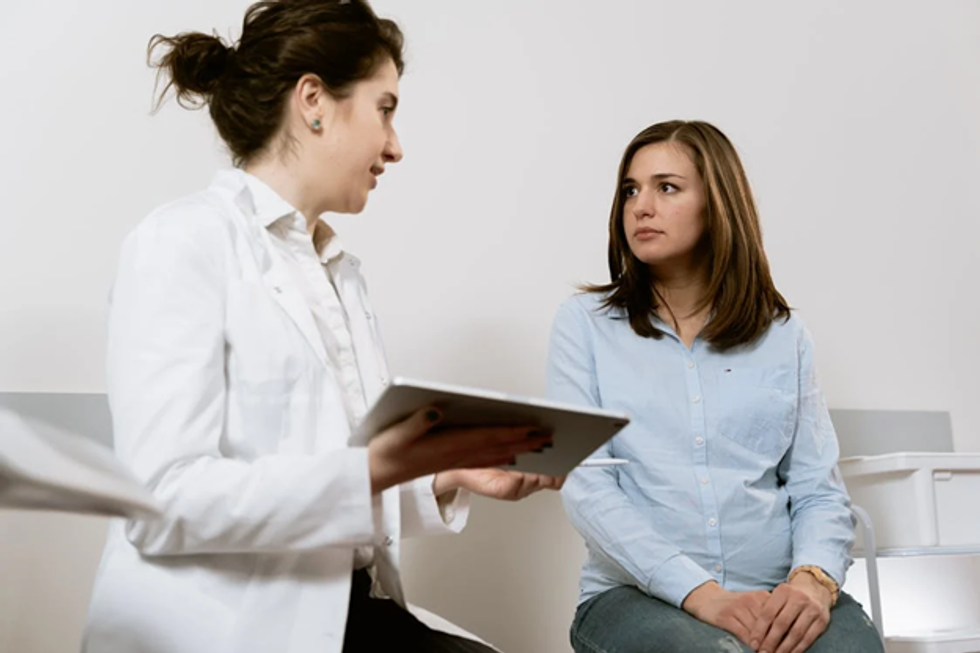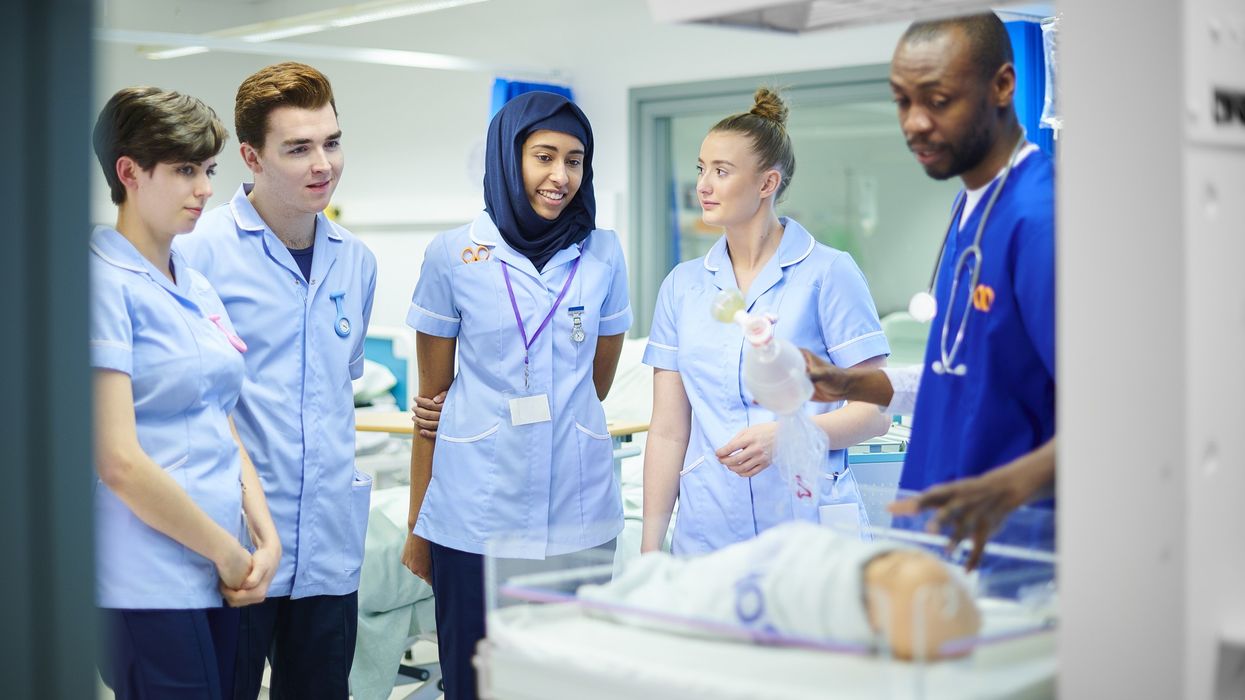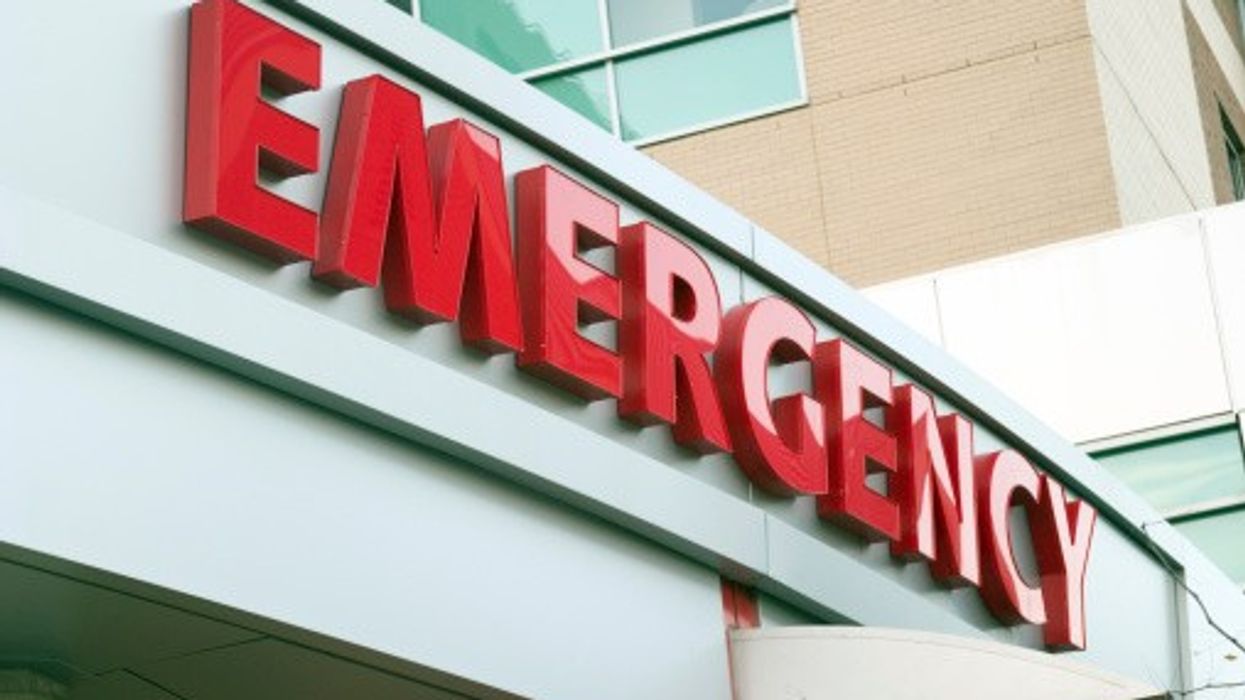Regular health screenings are an essential part of maintaining wellness, and one vital test for women is the Pap smear. Known for its role in early detection of cervical cancer, the Pap smear is a simple yet powerful tool that can potentially save lives. In this blog, we will explore the significance of Pap smears, what the procedure involves, and how often you should get tested.
The Importance of Regular Local Screenings
Staying on top of your health requires vigilance, and regular local screenings play an indispensable role in this effort. Local screenings, like Pap smears, are essential in detecting potential health issues at their earliest stages, making treatments more effective and improving outcomes.
By participating in these routine checks, you not only safeguard your health but also contribute to broader public health efforts by identifying and addressing potential outbreaks or health trends within the community. Whether that's HPV and Pap tests in Singapore or a mammogram in the US, local screenings are crucial for maintaining overall wellness. This is especially true for Pap smears, as they play a significant role in detecting and preventing cervical cancer.
What to Expect During the Procedure
Understanding what to expect during a Pap smear can help alleviate any anxiety about the procedure. When you arrive for your appointment, you'll be asked to undress from the waist down and provided with a gown or drape for coverage. The test itself is quick and usually takes less than five minutes. You will lie on an examination table with your feet placed in stirrups to allow the healthcare provider easy access to your cervix.
Using a speculum, which is a medical instrument designed to gently open the vaginal walls, the healthcare provider will be able to see the cervix. This part of the procedure may cause slight discomfort or pressure, but it should not be painful. Next, the provider will use a small brush or spatula to collect cells from the cervix. These cells are then sent to a laboratory for analysis to check for any abnormalities.
While the procedure might feel a bit uncomfortable, it's important to remember that a Pap smear is typically quick and the benefits far outweigh any temporary discomfort. After the procedure, you can return to your normal activities immediately. Any unusual results from the test will be followed up by your healthcare provider to ensure you get the necessary care.
Interpreting Pap Smear Results
Once your Pap smear has been completed and the cells have been analyzed, you will receive your results, typically within a few weeks. Understanding these results is crucial for taking the next steps in your healthcare journey. Pap smear results are generally categorized into three main groups: normal, unclear, and abnormal.
- Normal Results: A normal Pap smear means no abnormal cells were found on your cervix. In this case, you will be advised to continue with routine screenings as per your healthcare provider's recommendation, typically every three years.
- Unclear Results: Sometimes, the results may come back as inconclusive or unclear. This can occur if there was an insufficient sample of cells, or if the cells appeared slightly abnormal but were not definitively indicative of HPV or precancerous activity. Your provider may recommend additional testing, such as an HPV test or a repeat Pap smear, to gather more information.
- Abnormal Results: An abnormal result does not necessarily mean you have cervical cancer. It indicates that some changes in the cervical cells were detected. These changes can range from mild dysplasia, which often resolves on its own, to more severe dysplasia that requires further investigation. Depending on the type and severity of the abnormal cells detected, your healthcare provider will guide you through the appropriate next steps, which may include a colposcopy, biopsy, or more frequent monitoring.
How Often Should You Get a Pap Smear?
The frequency of Pap smears may vary depending on age, health history, and risk factors. Here are general guidelines for how often women should get a Pap smear:
- Ages 21-29: Women in this age group should have a Pap smear every three years, provided they have normal test results. Routine HPV testing is not typically recommended unless the Pap smear results are abnormal.
- Ages 30-65: Women can opt for a Pap smear every three years if the results are normal, or they may choose to have a combination of Pap smear and HPV testing every five years as an alternative. This is sometimes referred to as "co-testing" and provides a broader screening for cervical cancer risks.
- Over 65: Women over the age of 65 who have had regular screenings with normal results may no longer need Pap smears. However, if there is a history of cervical pre-cancer or other risk factors, continued screening may be recommended by your healthcare provider.
Certain factors might warrant more frequent screenings regardless of age. Women with a history of cervical cancer, exposure to diethylstilbestrol (DES) before birth, HIV infection, a weakened immune system, or previous diagnosis of cervical dysplasia should discuss with their healthcare provider to determine a personalized screening schedule.
Pap smears are a critical tool in protecting women's health and can play a major role in the early detection and prevention of cervical cancer. By understanding the significance of regular local screenings, what to expect during the procedure, interpreting results, and how often to get tested, women can take proactive steps towards maintaining their well-being. Remember to schedule your routine screenings with your healthcare provider and stay on top of your overall health for a long and healthy life!













